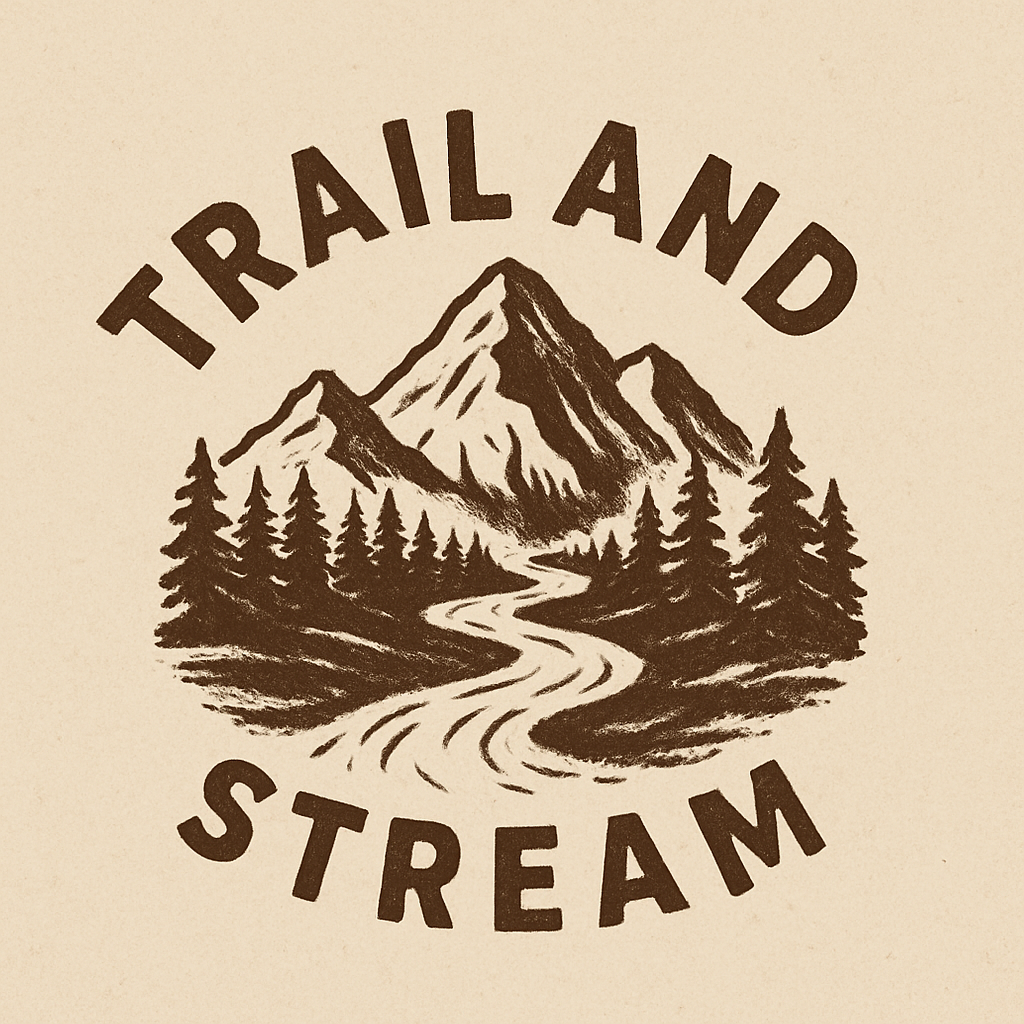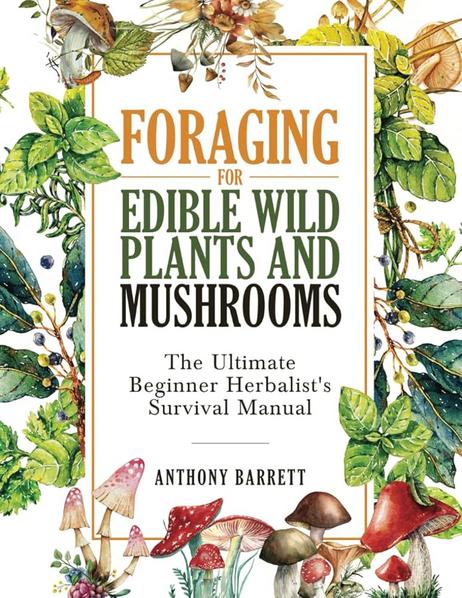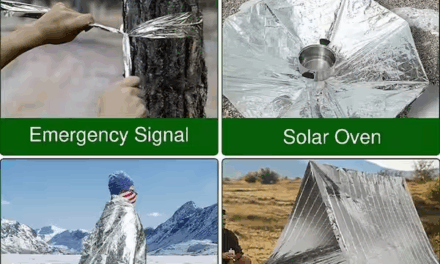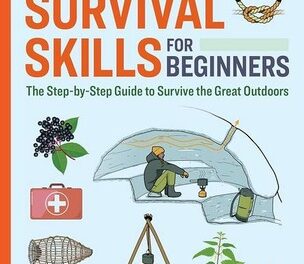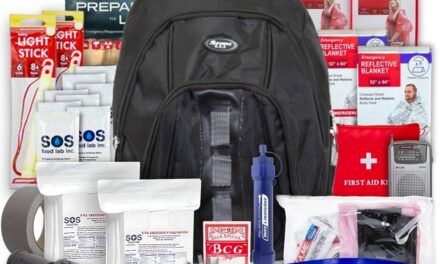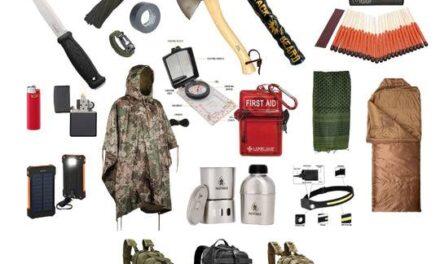Finding Edible Plants in the Wild and Navigating Without Technology: Your Complete Survival Guide
Estimated reading time: 12 minutes
Table of Contents
Key Takeaways
- Learn how to identify common edible wild plants safely by examining physical cues, using reliable guides, and practicing caution.
- Understand traditional navigation techniques such as using the sun, shadows, moss, stars, and natural landmarks to find your way without electronic devices.
- Utilize essential survival tools like compasses, maps, natural indicators, and markers to enhance navigation and foraging success.
1. How to Forage for Food: Identifying Edible Plants in the Wild
Knowing how to forage for food starts with understanding exactly what plants are safe to eat and how to identify them confidently. Misidentification can easily lead to dangerous poisoning, so take every step seriously.
Recognize Common Edible Plants
There are many edible plants that you can find in forests, fields, or along trails. Some of the most common include:
- Blackberries and other berries: Recognizable by their dark color, cluster formation, and sweet aroma.
- Ramps (wild leeks): Have broad, green leaves with a strong onion or garlic smell.
- Milkweed: Has broad, oval-shaped leaves with a milky sap; young shoots and flowers are edible.
- Hickory nuts: Rely on their hard shells and nutty smell.
- Wild caraway and spruce tips: Offer aromatic leaves and needles, respectively, useful for teas and flavoring.
According to Forager Chef, these plants are safe edible options in North America, but regional differences mean some species may vary.
How to Identify Edible Plants Safely
To avoid dangerous look-alikes, you need to:
- Check multiple physical cues: Confirm shape, size, color, smell, and texture. For example, wild onions and garlic have a strong, distinctive smell, helping differentiate them from non-edible plants.
- Use a reliable field guide: Books like A Pocket Naturalist Guide to Edible Wild Plants help you verify plant species before harvesting source.
- Test with caution: For new plants, only consume a small amount initially and wait for any adverse reactions.
Ethical and Safe Foraging Practices
- Harvest Sparingly: Take only what you need and leave enough for wildlife and plant health.
- Avoid Polluted Areas: Never forage near roads, heavily farmed fields, or industrial zones.
- Confirm Identification: Always double-check species with multiple sources—a trusted app, guidebook, or local expert—to prevent poisoning. Some edible plants have poisonous look-alikes, so confirmation is crucial.
Seasonality and Environmental Awareness
Remember, availability varies by season—spring ramps and wild greens often appear early in the year, while nuts and berries peak in late summer and fall. Ethical foraging involves respecting nature’s cycles while harvesting responsibly.
2. Navigating the Wilderness Without a Map or GPS
Navigating without modern tools might seem daunting, but understanding environmental clues and natural signs can keep you oriented. These traditional navigation techniques have been used by explorers and indigenous peoples for centuries.
Recognize Natural Signs: Sun, Moss, and Trees
– Using the Sun: During the day, the sun rises in the east and sets in the west. Its position in the sky can help you find cardinal directions.
– Shadows: Stretching shadows can tell you the sun’s position. For instance, in the Northern Hemisphere, shadows point north at solar noon.
– Moss Growth: It’s a common myth that moss grows only on the north side of trees, but in reality, moss tends to favor damp, shaded areas. While not 100% reliable, it can be a clue—especially in humid regions—when used with other signs.
According to Wilderness College, combining several cues provides more accurate navigation.
Night Navigation: Star Signs
– Finding North with Polaris: The North Star is almost directly above the Earth’s North Pole, making it an excellent celestial cue.
– Using Constellations: The Big Dipper’s “bowl” points toward Polaris. By locating the pointer stars, you can find north even during cloudy nights, provided you know how to identify these constellations.
How to Use Shadows and Sun for Direction
- Stick and Shadow Method:
- Stick a straight stick vertically into the ground.
- Mark the tip of its shadow with a stone or mark.
- Wait 15-20 minutes, then mark the tip again.
- Draw a straight line between these points; the first mark is west, the second east.
- The line perpendicular to this east-west line faces north-south (in the Northern Hemisphere).
- Using the Sun’s Position:
- In the morning, the sun rises roughly in the east.
- At solar noon, the sun is at its highest and generally in the south (Northern Hemisphere).
- By observing these positions, you can orient yourself.
When to Stay Put or Move
- Best Practice: If you’re lost, it’s often safer to stay in one place rather than wandering. Use natural signals like smoke, fires, or visible landmarks to attract rescuers.
- If Movement Is Necessary: Follow prominent features like rivers or ridges, which can help you retrace or orient your path.
3. Best Survival Navigation Tools for the Wilderness
While natural signs are invaluable, reliable tools can supplement your navigation skills. Here’s a comparison of essential minimalist navigation tools.
| Tool | Advantages | Limitations |
|---|---|---|
| Survival Compass | Lightweight, durable, no batteries needed, highly reliable | Requires basic knowledge to read properly |
| Topographic maps | Show elevation and terrain features in detail | Need to be waterproof and properly stored |
| Natural indicators | No cost, always available, eco-friendly | Less precise, affected by weather |
| Markers (rock cairns, blazes) | Easy to create and use, effective for marking your path | Must be maintained and visible from afar |
Tips for Choosing the Right Tools
- Match tools to environment: Dense forests may limit the usefulness of some natural signs.
- Practice regularly: Master the use of a compass or navigation techniques before you need them.
- Use redundancy: Combine natural signs with tools for better accuracy and safety.
Making your Own Markers
Create rock cairns in conspicuous spots, or use natural materials like sticks, bark, or carvings to mark trails. Be certain to remove or update markers if conditions change to avoid confusion.
Conclusion: Combining Skills for True Wilderness Self-Reliance
Mastering how to forage for food by identifying edible plants in the wild and how to navigate without technology transforms your outdoor experiences from dependence on gadgets into a profound connection with nature.
Practice these skills in safe, controlled environments before venturing into more remote areas. Join local foraging groups, attend wilderness survival courses, and explore online resources to deepen your knowledge—like the comprehensive guides from Forager Chef and Wilderness College.
Remember: safety comes first. Never consume anything unless you are 100% sure of its identity. Use environmental cues and traditional tools together—don’t rely solely on one method. Over time, these skills will become second nature, making your adventures more enjoyable, safe, and rewarding.
Equip yourself with knowledge, practice regularly, and embrace the wild with confidence. Happy exploring!
Frequently Asked Questions
What are the most common edible wild plants I can forage safely?
Some of the easiest and safest plants include wild greens, berries, wild onions, ramps, and hickory nuts. Always verify identification before consumption.
How can I tell which way is north without a compass?
Use the natural signs such as the sun’s position at different times, star constellations like Polaris, shadows cast by the sun, and environmental clues like moss growth. Practice combining several cues for better accuracy.
Is moss growth a reliable way to find direction?
Moss tends to grow in damp, shaded areas and can sometimes indicate the north side of a tree, especially in humid regions. However, it’s not 100% reliable and should be used in conjunction with other natural signs.
What are the essential tools I should carry for survival navigation?
A simple compass, waterproof maps, natural indicators, and markers like cairns or blaze markings are invaluable. Regular practice improves proficiency.
What should I do if I get lost in the wilderness?
Stay calm, stay put if possible, and establish signals such as fires, reflective objects, or visible markers. If you need to move, follow natural features like rivers or ridges, and use environmental cues to help you retrace your steps.
